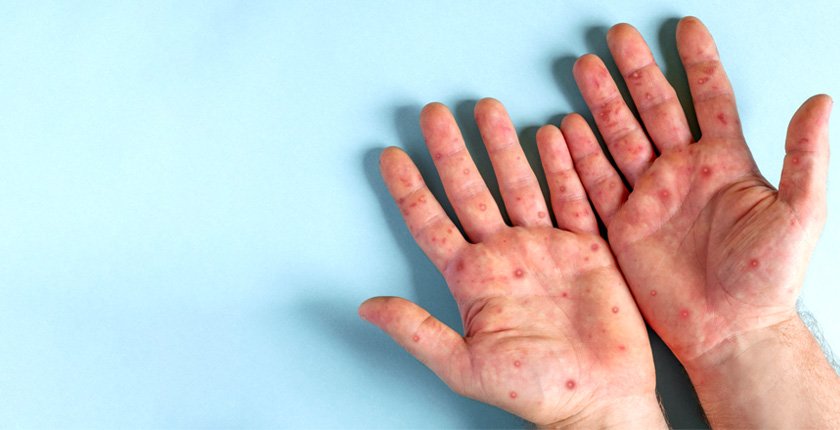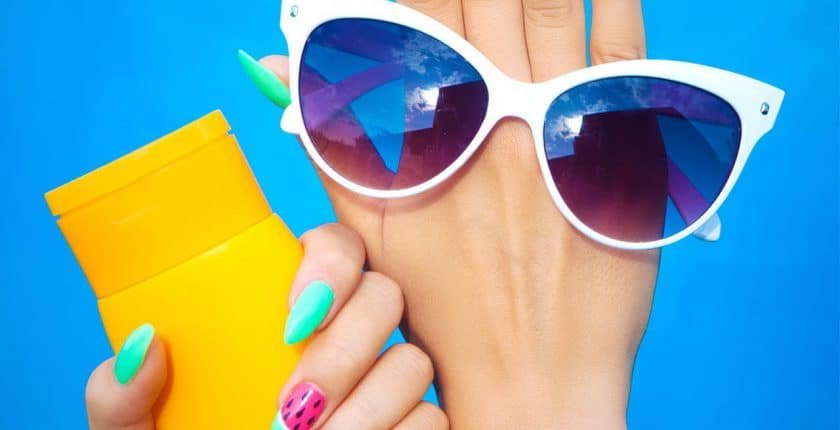
ACNE PURGING VS. BREAKOUT: KNOW THE DIFFERENCE
Regarding skincare, distinguishing between acne purging and breakouts can be tricky. These two conditions may appear similar, but their causes, progression, and management differ significantly. Let’s dive into the nuances of acne purging vs breakouts and explore effective ways to manage small bumps, pimples, and other skin concerns.
Introduction to Acne Purging and Breakouts
Acne purging and breakouts often confuse people about their skin’s reaction to treatments or changes in routine. Understanding the underlying causes can help you make informed decisions about your skincare. Multiple layers are there to improve the problem’s actual solution.
What is Acne Purging?
occurs when a new skincare treatment accelerates the turnover of skin cells, bringing underlying impurities to the surface. This temporary phase may cause small bumps or blemishes, but it signals that your treatment is working to improve your skin in the long term. Purging is a response to a new skincare product or technique. Not all skincare products cause purging. Retinoids and other exfoliating acids like AHAs, BHAs, Vitamin C, etc primarily cause purging.
Wondering whether skin purging is normal?
Retinoids should speed up skin renewal despite its normal process. This speeds up skin purging by bringing pollutants to the surface. A new skincare product that your skin is unfamiliar with generally causes it. Nothing to worry about.
Understanding Breakouts: Meaning and Causes
A breakout, unlike purging, is an inflammatory response triggered by clogged pores, hormonal changes, or external irritants. Breakouts often manifest as persistent pimples or small bumps on the face and can indicate underlying skin issues that require tailored treatment, which would lead the patient to a prominent issue-free state, where the patient would not be worrying about the problem anymore.
Identifying Small Bumps on the Face
Common Causes of Small Bumps
Small bumps on the face can result from clogged pores, excess sebum production, or allergic reactions to skincare products. Sometimes, these may also signify early signs of acne. The other factors are flooding and synthetic concentrated soft drinks consumption. Besides, the excessive soda-centric food items with flour and white sugar.
What Do Small Pimples and White Bumps on the Face Indicate?
Small pimples or white bumps often point to mild acne or comedones. These can form due to trapped dead skin cells and oils in pores, requiring gentle exfoliation and hydration to clear. Normal skin cell shed brings keratinocytes to the surface. Inside acne pores, hair, sebum, and keratinocytes clump together. This stops keratinocyte shed and sebum from reaching the skin. The oil and cells in clogged follicles allow skin germs to thrive and create inflammation—swelling, redness, heat, and discomfort. When the clogged follicle wall cracks, germs, skin cells, and oil flow onto neighboring skin, causing pimples.
Differences Between Acne and Pimples
Acne vs Pimples: Key Differences
Acne:It is a chronic skin condition involving inflammation and clogged pores, often manifesting as blackheads, whiteheads, or cysts.
Acne Vulgaris occurs in adolescence, whereas Acne Rosacea occurs in maturity. Both types can affect the face, neck, chest, back, shoulders, and arms. Severity affects presentation.
An increase in sebum, keratin, and hair follicles forms a clog. Acne results from clogged pores. Clogged pores allow Propionibacterium acnes to thrive. Infection of the plug occurs when the skin’s outermost layer, which sheds, becomes stuck below.
A rise in androgen hormone may also increase sebum production. The following causes may exacerbate acne breakouts:
Genetics, hormonal imbalances, bacterial infections, scratching, anabolic steroids, chemicals, stress, corticosteroids, high humidity, oil-based cosmetics, and unhealthy diets.
Stages of acne: At different times, symptoms appear and worsen include pink to red, pus-filled pimples. Clogged pores burst them. This lets germs grow within, causing inflammation and releasing white fluid (oils).
Pimples: This is a symptom of acne, is smaller, and results from bacterial activity in individual pores. Papules and pustules are pimple kinds. Treatment is easy for regular-sized pustules. Pustules should be treated with prescription drugs since they are enlarged pimples.
Small Pimples on the Face: When to Be Concerned?
If small pimples persist or worsen, to rule out underlying conditions such as hormonal imbalances or allergic reactions. If the area around the pimples becomes reddish completely or the skin texture becomes pale or has started distorting then this is the time to be concerned about the Small Pimple on the face.
Skin Purging vs Breakouts: The Key Differences
Skin Purging Meaning and Process
Skin purging involves an increase in blemishes as skincare products bring clogged material to the surface. Unlike breakouts, purging has a clear endpoint as the skin adjusts.
Recognizing Skin Purging Before and After Treatment
- Before treatment: Skin may appear dull or congested.
- During purging: Small, temporary blemishes emerge.
- After treatment: The skin looks clearer and smoother.
How to Differentiate Purging from a Breakout
- Purging typically occurs in areas prone to breakouts and resolves quickly.
- Breakouts, on the other hand, can happen anywhere and may persist without intervention.
Why You May Experience a Sudden Breakout on the Face
Factors Behind Sudden Skin Breakouts
Sudden breakouts can result from hormonal fluctuations, stress, diet, or environmental factors like pollution and humidity.
Breakout Triggers and Prevention Tips
Triggers: Harsh products, poor hygiene, changes in medication, sudden weather changes, such as relocation to another new place and using the place’s water while taking a bath, taking improper food, and using allergic products on the skin without having proper knowledge of it.
Prevention: Use non-comedogenic skincare, maintain a balanced diet, and manage stress levels. Understanding the allergic matters, stop using such products, maintain proper hygiene, and do not itch the nails on the pimple areas or rub with any kind of scrubber.
How to Get Rid of Tiny Bumps on Face Quickly
Effective Skincare Solutions for Small Bumps
- Use gentle exfoliants like salicylic acid to clear clogged pores.
- Incorporate hydrating serums to restore skin balance.
- Avoid harsh scrubs that may irritate sensitive skin.
Tips for Treating Small White Pimples on Face
- Spot-treat with benzoyl peroxide or tea tree oil.
- Apply cold compresses to reduce inflammation.
- Maintain a consistent cleansing routine.
Conclusion
Summary: Understanding Skin Purging, Breakouts, and TreatmentAcne purging and breakouts are part of the skin’s natural response to internal and external factors. While purging signifies progress in skincare, breakouts require intervention to address their root causes. By understanding these differences and adopting effective skincare practices, you can achieve healthier, clearer skin. If any patient has been suffering from such an issue visit for better healthcare support.
FAQs: Common Questions on Acne, Pimples, and Skin Care
1. What is the main difference between skin purging and a breakout?
Skin purging is a temporary reaction to new treatments, targeting areas prone to acne, while a breakout is caused by clogged pores or external irritants and persists longer.
2. How long does skin purging typically last?
Purging usually lasts 4–6 weeks as the skin adjusts to new products. If blemishes persist beyond this, it may be a breakout.
3. Can small white bumps on the face be treated at home?
Yes, mild bumps can often be treated with gentle exfoliation, hydration, and targeted spot treatments. For persistent issues, consult a dermatologist.
4. Why do sudden breakouts occur even with a good skincare routine?
Breakouts can result from hormonal changes, stress, or environmental factors that override the benefits of an established skincare routine.
5. Are small pimples always a sign of acne?
Not necessarily. Small pimples can also indicate allergic reactions, clogged pores, or minor skin irritation unrelated to acne. By recognizing the nuances of acne purging and breakouts, you can optimize your skincare journey with confidence and clarity.
Lorem ipsum dolor sit amet, consectetur adipiscing elit. Ut elit tellus, luctus nec ullamcorper mattis, pulvinar dapibus leo.






